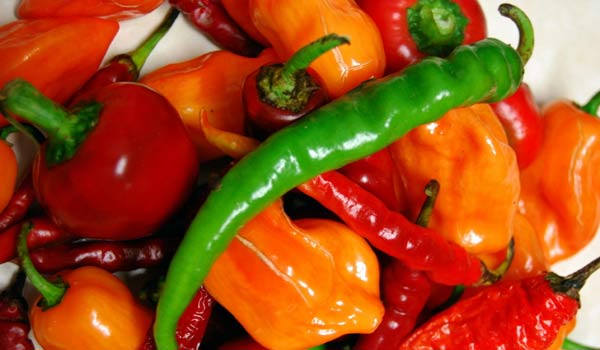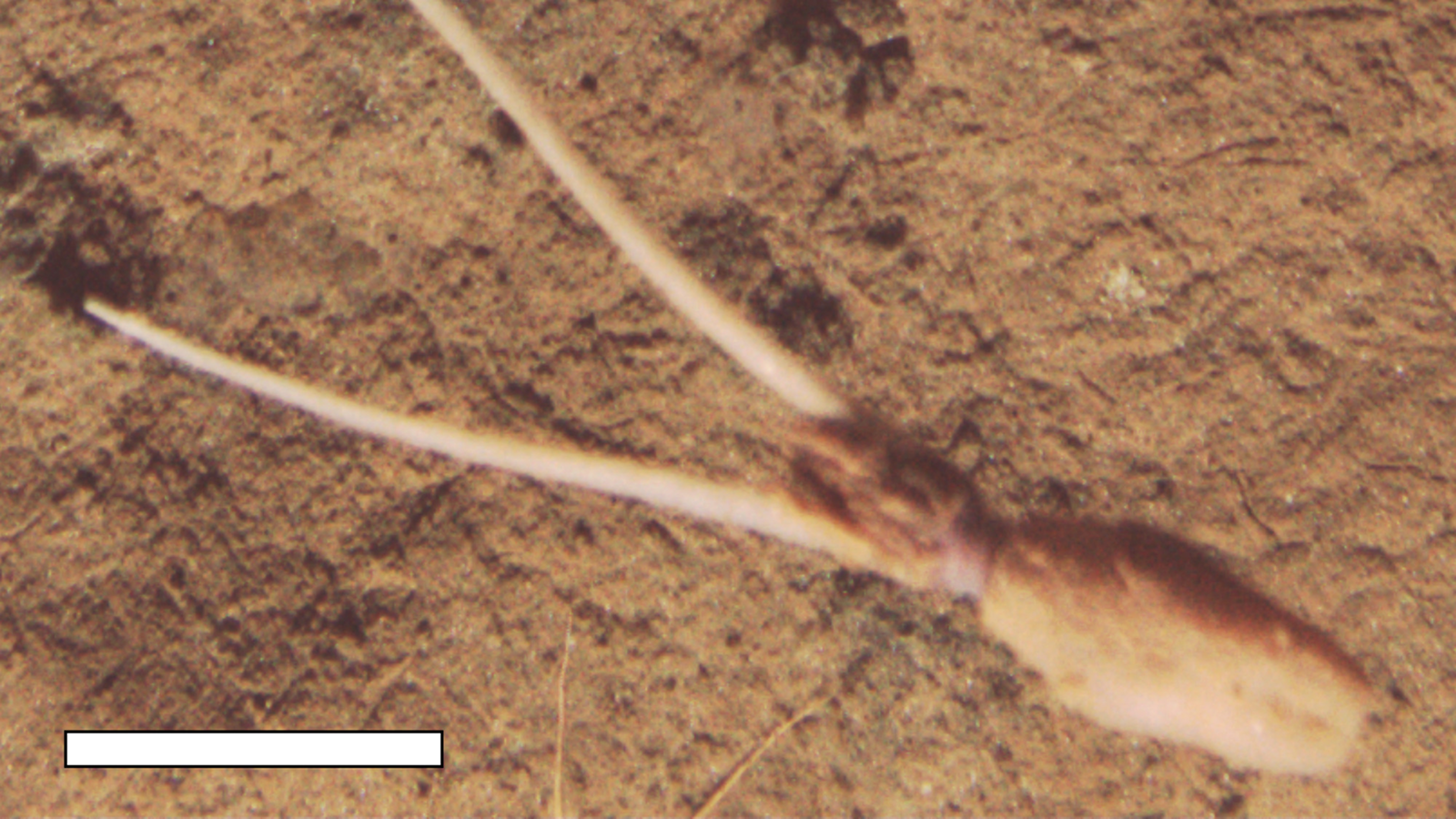Red Hot Chili Peppers Crave Water, Just Like Their Consumers

Biting into a hot chili may leave you grabbing for a glass of water, but that same spiciness leaves the pepper parched when water runs short, new research suggests.
Researchers have found that the spiciest peppers have the most trouble where water is scarce: They make fewer seeds and therefore leave fewer offspring, giving non-spicy chilies a distinct advantage in dry climates.
"There is a trade-off. The pungent plants aren't allowed to use their water resource as well as non-pungent plants," said study researcher David Haak of Indiana University. They do have the advantage in wetter climates, though: Non-spicy chilies are less able to fight off fungi.
Haak and other researchers grew wild chilies in a lab to study the effects of different environmental conditions, following up on five sampling trips they made to Bolivia from 2002 through 2009 where they studied the spiciness of chilies in different climates.
Spicy peppers
In 2008 the researchers discovered that the pungency of wild peppers — determined by their amount of spicy chemicals called capsaicinoids — varies by where they are growing. The population of peppers they studied came from varying climates of southeastern Bolivia, from those with little water to areas where water is plenty. They found the spice-less peppers were more abundant in areas with little water.
There are threats toward the plants in each area: In the wet areas they have to fight off more fungi, which grow better in the moisture, while in dry areas they have to fight to keep the moisture they need to live. The capsaicinoids work in the chili as anti-fungal compounds; they kill the fungi that normally would live on peppers and keep rats from eating the fruits.
Get the world’s most fascinating discoveries delivered straight to your inbox.
In the wetter region in the southwest, "we noticed that there was an increase in this fungal pathogen and this increase in pungent plants in this population, and those plants were also getting hotter," Haak told LiveScience. "Why do not-hot chilies still exist, if being hot is advantageous against this fungal pathogen?"
Holey plants
So the researchers studied wild plants in the lab, both spicy and not, and deprived them of water during their fruiting cycle (which normally happens during the drier seasons). The researchers found that when it's dry out, production of these chemicals can be costly to the plants: The pungent plants end up producing 50 percent fewer seeds if they are water-starved, while the non-hot plants were unaffected.
The researchers then looked at the plant's stomata — the pores that let water and air in and out of the plant cells. They saw that the pungent plants had lots more of these little holes (40 percent greater density) than the non-pungent plants did. This could account for their water loss.
Like tomatoes and other relatives, chili peppers aren't very good at regulating how these pores open and close, so if they have more of them, they lose more water, Haak said.
The proteins involved in both spiciness and in building stomata are probably regulated by the same pathway, and genetic changes to this pathway could be the reason why some plants are spicier and have more stomata (and therefore don't deal with drought as well).
The study was published today (Dec. 21) in the journal Proceedings of the Royal Society B: Biological Sciences.
You can follow LiveScience staff writer Jennifer Welsh on Twitter @microbelover. Follow LiveScience for the latest in science news and discoveries on Twitter @livescience and on Facebook.
Jennifer Welsh is a Connecticut-based science writer and editor and a regular contributor to Live Science. She also has several years of bench work in cancer research and anti-viral drug discovery under her belt. She has previously written for Science News, VerywellHealth, The Scientist, Discover Magazine, WIRED Science, and Business Insider.



